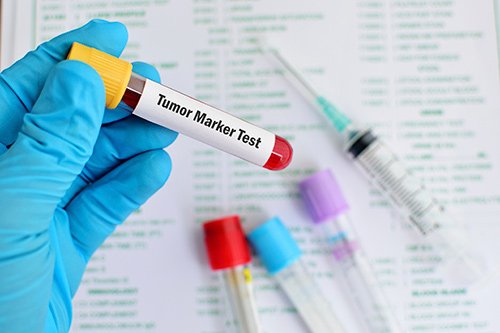
A team at Hong Kong Baptist University has developed the world’s first iridium (III)-based probes for imaging dopamine receptors in living cells.
The discovery has enhanced the understanding of dopamine receptors in carcinogenesis, and the findings can be potentially developed as a novel early cancer detection technology.
A team led by Dr Edmond Ma Dik-lung, Associate Professor of the Department of Chemistry of Hong Kong Baptist University (HKBU) has developed the world’s first iridium(III)-based probes for imaging dopamine receptors in living cells.
The discovery has enhanced the understanding of dopamine receptors in carcinogenesis, and the findings can be potentially developed as a novel early cancer detection technology. The study was published in the inside front cover of Chemical Science, the flagship journal of the Royal Society of Chemistry.
Dopamine is an important neurotransmitter in the central nervous system of the human body and plays important roles in motivation, cognition and motor control.
The metal-based probes developed by the team are able to selectively bind to dopamine receptors on lung cancer cells, “lighting up” the cells and making them visible to the naked eye. The probes enable the monitoring and tracking of dopamine receptors in living cells in a real-time and in a non-invasive fashion.
Moreover, the experiment results demonstrated that the imaging colour intensity was correlates with the expression levels of dopamine receptors on cancer cells.
These probes could therefore both help to elucidate the role of dopamine receptors in the pathogenesis of cancers and offer a potential diagnostic tool for the early screening of cancers.
Importantly, the metal-based probes avoid the problems of poor photostability and photobleaching that limit conventional fluorescent imaging dyes.




